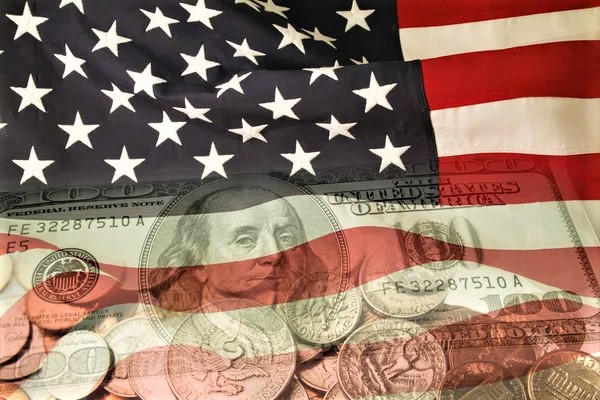Market Analytics and Considerations
Key notes
As equities investors looked for bargains, U.S. stocks climbed on Tuesday, recuperating from a multi-session sell-off. Nonetheless, the dollar fared poorly, and Treasury yields increased as a result of the Bank of Japan’s unanticipated policy change.
In response to Japan’s central bank’s unexpected policy adjustment aimed at reducing the cost of stimulus, all three main U.S. equity indexes began lower but changed tack inside an hour, sending the dollar downward and 10-year U.S. Treasury rates to their top level this month.
In fact, the S&P 500, Dow, and Nasdaq are now all expected to record their largest yearly proportion declines as of 2008, the worst year of the global economic crisis.
The Nasdaq Composite increased 39.09 points, or 0.37%, at 10,585.12; the S&P 500 rose 15.47 points, and 0.41%; and the Dow Jones Industrial Average climbed 156.46 points, or 0.48%, reaching 32,914.
After the Bank of Japan indicated it will permit long-term interest rates to increase while joining its worldwide peers in strengthening their anti-inflationary policies, the real estate sector pushed down European markets.
The global stock market index MSCI rose by 0.38% while the pan-European STOXX 600 index fell by 0.15%.
At 131.76 per dollar, the Japanese yen gained 3.92% against the US dollar, while the price of sterling recently changed hands at $1.2155, rising 0.07percent . as a result on the day.
Crude prices rose due to a weaker dollar, but this increase was restrained by an increase in COVID cases in China that occurred shortly after Beijing eased its zero-COVID guideline.
U.S. crude increased by 0.55% to $75.60 per barrel, and Brent was last up 0.88% on the day at $80.50 per barrel.
Gold crossed the $1,800 mark as the dollar declined in value.
An ounce of spot gold increased by 1.6% to $1,815.09.









